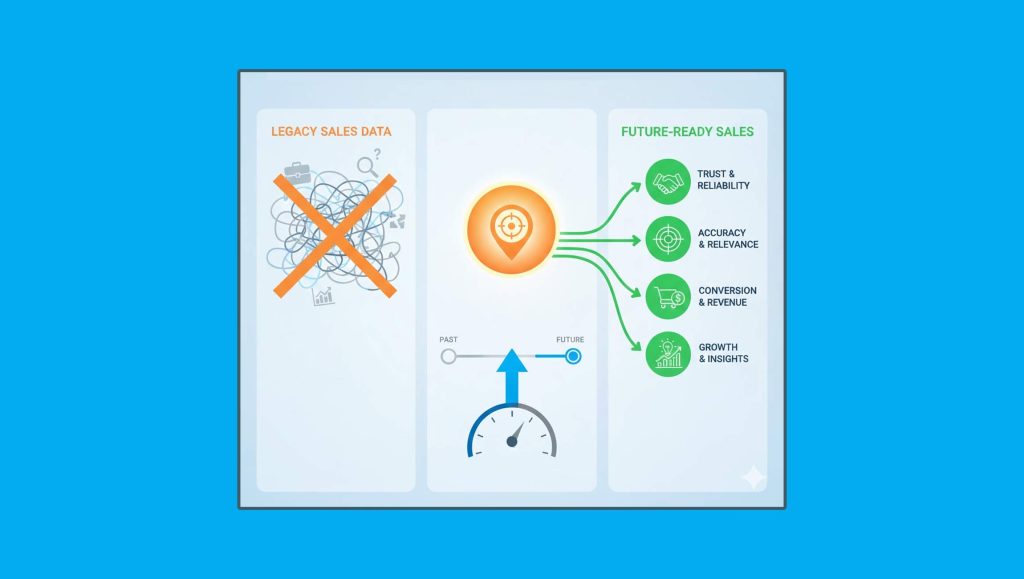Companies join forces to drive U.S. Bank’s transformation to the cloud with Microsoft Azure, build foundation for new experiences for customers and employees
U.S. Bank announced a substantial investment in modernizing its technology foundation through the selection of Microsoft Azure as its primary cloud provider for U.S. Bank applications. Powering the majority of its infrastructure and application portfolio with cloud computing will allow U.S. Bank to modernize how it works in an increasingly digital world – including the ability to rapidly access and analyze data, expediting time to market while more quickly scaling innovative products to customers and partners, and empowering its increasingly agile workforce.
U.S. Bank and Microsoft will work to develop new growth opportunities that will allow U.S. Bank to expand its partnerships and take advantage of an ever-evolving financial services marketplace. Through this significant technology investment, artificial intelligence and machine learning will transform applications and infrastructure to create compelling, personalized and leading-edge experiences. The transition to the cloud will also further improve the security of data, financial assets and customer privacy while adding resiliency for the bank and strengthening technology risk management.
Read More: Ermetic Appoints Eduard Meelhuysen VP Sales For EMEA
“More than ever, every financial services organization will need to build its own digital capability to meet both evolving customer demands and changing employee expectations”
For customers, this means that more tools can be developed to help them easily bank how and where they want and to move money quickly. For partners, this means they’ll be equipped to better meet their clients’ financial needs and provide the best digital experience by further leveraging of Application Programming Interfaces (APIs) and access to real-time data.
“It has been a dramatic time of change in the banking industry, where success is increasingly driven by technology capabilities,” said Andy Cecere, Chairman, President and CEO of U.S. Bank. “Our clients expect and require extreme flexibility and a bank that is simple to navigate and capable of quickly adjusting to their evolving needs. Building on our initial investments in cloud and with the success of our technology and digital modernization, we gained the competence and confidence to accelerate our efforts to better serve our customers. Our cloud-first approach with Microsoft Azure will help us accomplish just that.”
“More than ever, every financial services organization will need to build its own digital capability to meet both evolving customer demands and changing employee expectations,” said Satya Nadella, Chairman and CEO of Microsoft. “As U.S. Bank’s primary cloud provider, we will apply the power of Azure to help the company adapt and build new, secure experiences for customers and employees in the era ahead.”
While U.S. Bank believes that the opportunity to have meaningful in-person conversations with a banker in a branch will remain important, the adoption of digital banking has accelerated significantly during the COVID-19 pandemic. At the end of 2021, 81 percent of U.S. Bank consumer transactions were done online or by using the highly-rated U.S. Bank Mobile app, up from 70 percent in 2019. Two-thirds of loan sales were also done online, an increase of more than 45 percent in two years.
“Partnering with Microsoft accelerates our pace of innovation,” said Dilip Venkatachari, U.S. Bank’s Global Chief Information & Technology Officer. “This transformation will allow us to increase the velocity of change, to deliver new products and services much faster, and create richer, more personalized experiences. By automating many of our core engineering, security and risk processes, this transformation will greatly improve our developer productivity and experience. Our teams will be able to work more iteratively on projects with high impact that are able to scale instantly on the elastic capabilities of cloud technology.”
Read More: SalesTechStar Interview With André Ferraz, Founder And CEO Of Incognia
Bringing embedded payments capabilities to life for customers
U.S. Bank and Microsoft will partner to create new innovations and value for businesses. As strategic partners, the companies will look for further opportunities to embed U.S. Bank payment capabilities across Microsoft platforms that businesses use regularly, making it easier for business customers to generate invoices and to send and receive payments.
Some of these capabilities are already functional and many more will go live in 2022 and 2023. For example, today, some heavy machinery dealers that use Microsoft Dynamics 365 can accept and process payments through U.S. Bank’s merchant processing business, Elavon. These convenient business payments capabilities will reduce friction, decrease the time needed for a business to receive payments and allow business owners to optimize cash flow and focus on serving their customers.
Consolidation and collaboration
U.S. Bank will consolidate its physical data center footprint as it continues to optimize its cost structure. In addition, as part of its long-term relationship with Microsoft, U.S. Bank has also embraced Microsoft 365 and Microsoft Teams to enable seamless collaboration and communication between employees in today’s hybrid work environment. U.S. Bank will continue to use multiple public cloud providers for redundancy and to leverage the different kinds of investments that have been made by leading cloud providers.






















